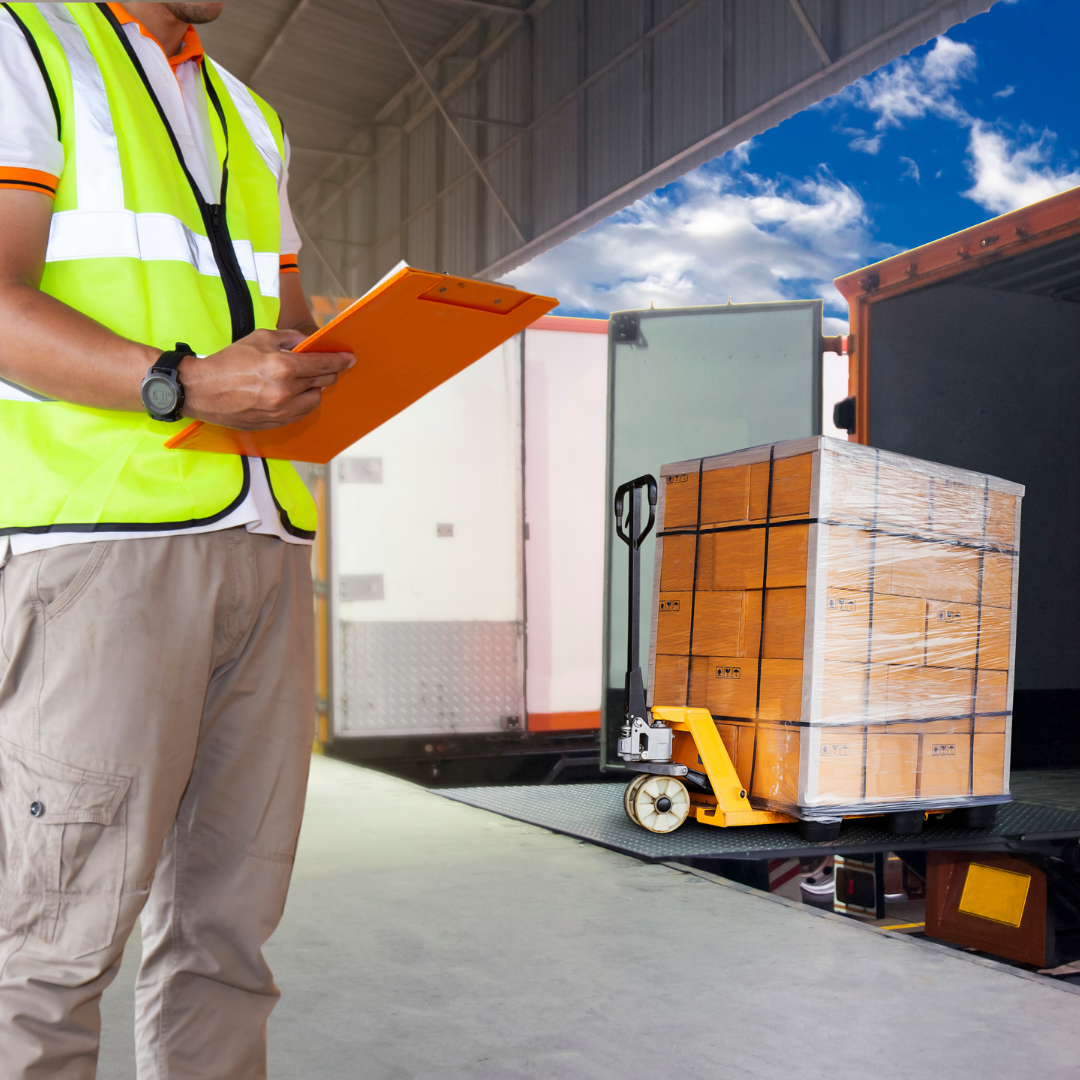A career in Transport and Logistics: What’s on Offer?
Transport and logistics are the behind-the-scenes sides of the business, but a career in transport and logistics is hugely varied. Transport and logistics workers take on roles in a range of industries, from warehousing to delivery, international freight, or event management. And if you have the right skills, there are a range of different kinds of roles available to you.
Transport and logistics cover a wide range of jobs, from technical to highly creative. The logistics sector encompasses everything from the transport of goods to the delivery of mail, from arranging for the transportation of goods to supervising and directing the movement of goods and personnel, from shipping to sorting, and from warehousing to transportation.
What is transport?
Every country has its own form of transport. Coach buses, taxis, trains, planes, bicycles, and other vehicles allow people to commute from one place to another. But transport is much more than moving people from one place to another. It can also mean transporting goods from one place to another.
Transport is the movement of people and goods from one location to another. This includes transportation to, from, and within locations, as well as the movement of goods and people between locations.
What is logistics?
Logistics refers to managing the flow of items and or information from one place to another. The number of shipments or shipments per day, or how heavy they are, can help determine the most efficient way to move them. It also includes managing the inventory, scheduling, and planning.
Logistics is a systems approach involving activities involved in the flow of goods from the point of origin to the point of consumption. It is concerned with the entire supply chain, including inventory, transportation, warehousing, packaging, and material handling. It includes transportation planning, supply chain design, route guidance, and the design and management of distribution networks, such as store and distribution centres. The two main areas of logistics are transportation management and distribution management.
Logistics is the practical application of supply chain and supply chain management. It can be broken down into three basic components: transportation, storage, and inventory.
Transportation logistics involves moving goods from their place of manufacture or origin to their final destination. It can be by land, air, sea, rail, or pipeline. Such companies provide transportation through a network of carriers, usually third-party logistics providers (3PLs). There are different industries such as homeware, cosmetics, or supplements that rely on the expertise of 3PL providers like Shape and similar others to optimize their order fulfillment strategy and enable them to expand their reach worldwide.
Storage Logistics involves storing goods until they are ready for distribution. Logistics companies provide storage through a network of providers.
Inventory Logistics involves managing and controlling inventory, including the management of supplier relationships, product life-cycle management, and lot management. Incorporating stocktake strategies for success in inventory management can significantly reduce supply chain costs and potentially increase profits.
Importance of transport and logistics
Transportation and logistics are essential components of any economy and society. They provide the means for people and goods to move from one place to another, serving as the backbone of efficient supply chains and economic activities. Whether it’s transporting passengers or freight, a well-functioning transportation and logistics system is crucial for the seamless operation of an economy.
Efficient and reliable transportation and logistics networks are the backbone of our daily lives, responsible for the movement of essential goods like food, clothing, raw materials, and finished products. As such, ensuring the effectiveness of these networks is crucial. To achieve this, employers must prioritize the safety and professionalism of their drivers. Drivers should remain attentive, alert, and free from the influence of drugs or alcohol during their work. Employers can guarantee this by partnering with companies experienced in compliance and training with new DOT oral tests and similar approaches to maintain a high standard of safety and performance.
In this context, technology plays a vital role in improving the industry. Many companies worldwide are leveraging transportation management software and other technological solutions to optimize their operations, enhance efficiency, and meet the demands of a rapidly evolving global economy.
Transport and logistics, in short, are the critical lifelines of our economy. The flow of goods, from raw materials and finished products to stores, is the backbone of the global supply chain. It provides a platform for economic development and growth in every sector of society.
Transport and logistics is a field that deals with the movement of goods and people from one location to another. This industry includes areas such as shipping, aerospace, aviation, and trucking. Students with a bachelor’s degree in logistics often pursue careers as transportation managers, master schedulers, freight and warehouse managers, and operations managers. While job outlooks vary, growth is expected for logistics and supply chain management.

